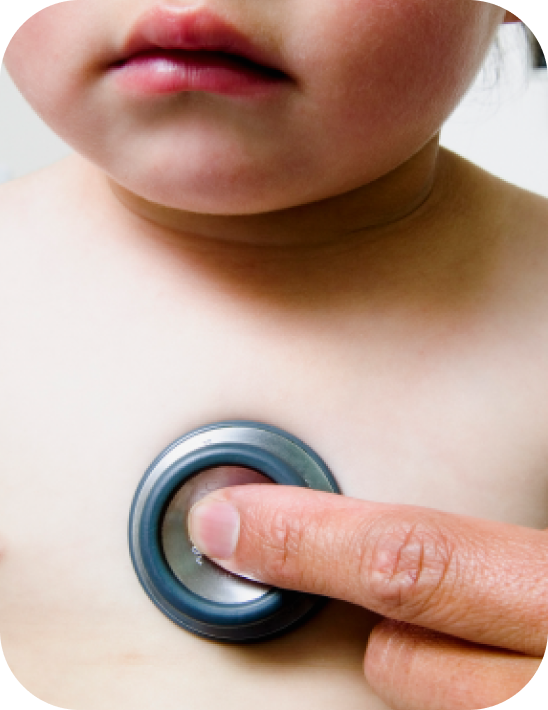Wheezing is a high-pitched, whistling sound due to a narrowing of the airways, making it difficult to breath.1 Wheezing typically occurs when breathing out (expiration) but can also occur when breathing in (inspiration).
It is a common problem in infants and young children, and approximately 25–30% of infants will have at least one episode of wheezing during infancy.2 Children wheeze more often than adults purely because of the physiological differences in the size of their airways.2



